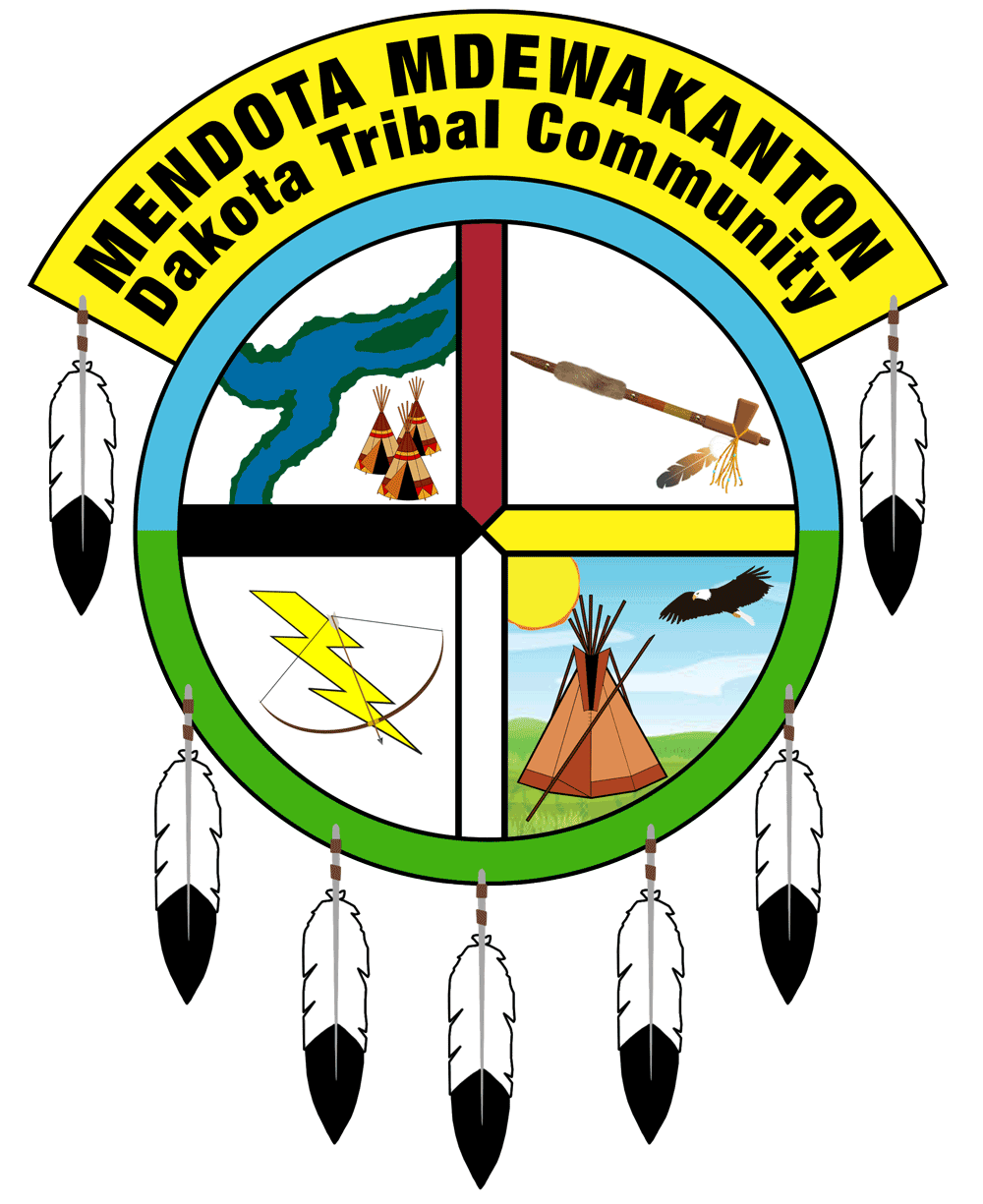| Descendants of Sitting Bull want bones moved, reburied Great-grandson aims to end controversy, exploitation of tomb By LORNA THACKERAY of the Gazette StaffHis remaining great-grandchildren want Sitting Bull to finally rest in peace outside the public eye and away from commercial or public monuments where his memory could be exploited. Great-grandson Ernie LaPointe said Tuesday that he and his elder sister would like their famous ancestor’s bones removed from a tomb on the Standing Rock Reservation in South Dakota and reburied somewhere that only the family would know. About a year ago, the family announced it wanted Sitting Bull buried at Little Bighorn Battlefield National Monument, where the Sioux spiritual leader had gathered the greatest alliance of Sioux, Cheyenne and Arapaho on the Northern Plains on June 25, 1876. But LaPointe said opposition from some Custer buffs while he attended anniversary commemorations in Hardin during the last weekend in June, plus his sister’s objection to burying their great-grandfather within the boundaries of the Crow Reservation, changed his mind. The Crow were traditional enemies of the Sioux and acted as scouts for the U.S. Army during the 1876 campaign. “My sister is pretty wise,” he said. “She suggested we do like Crazy’s Horse’s family did – put him back in the earth where nobody else will know. In my heart I agree with her and a lot of other guys felt that way, too.” La Pointe has been trying to remove Sitting Bull’s remains from a grave near Mobridge, S.D., where developers propose a recreational development and museum around the site. LaPointe and his sisters strongly oppose the plan, contending that it was people on Standing Rock who killed Sitting Bull and that his grave should not be used as the centerpiece of a commercial development. He has been trying to deal with the state of South Dakota to get the needed permits to remove the remains. “It will end the controversy and stop the exploitation,” LaPointe said of the new plan. “Basically remains should go back to the earth and not be commercialized and marked with headstones. Our people never had headstones in the old days.” Another controversy he wants to put to rest is whether the bones buried in South Dakota are really those of his revered ancestor. Almost from the beginning, there have been doubts about who is actually is in the grave. Stories are told on the Fort Peck Reservation in Montana of chiefs who took the body from its original grave at Fort Yates and took it secretly to Canada for reburial. If remains can be exhumed, a scientist in Copenhagen, Denmark, specializing in ancient DNA, has agreed to compare them to the DNA of Sitting Bull’s living relatives. “If it’s not him, then it’s over and the remains can be turned over to whoever they belong to,” LaPointe said.
~~~~
Ampetu Waste’ Maka Wakan Winyan |
